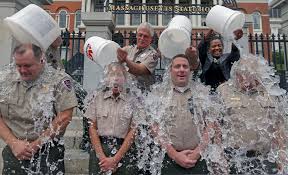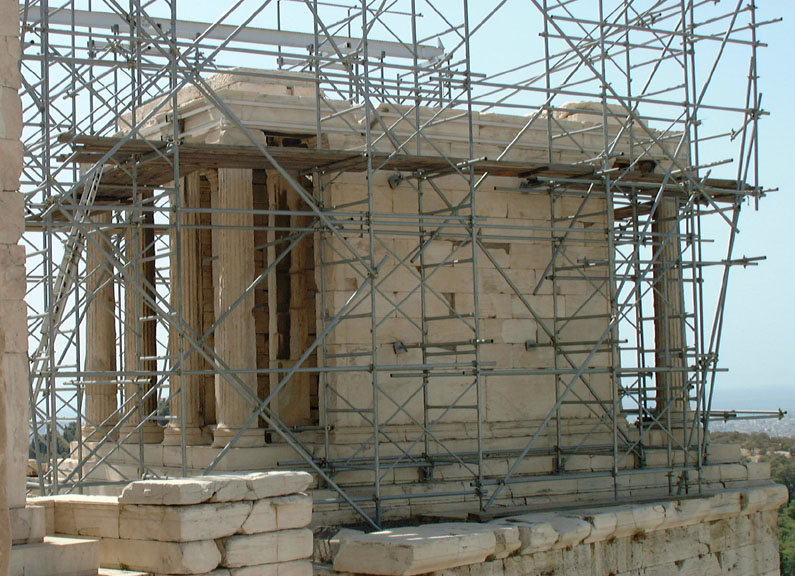
[Andrei Tarkovsky’s 1979 movie] “Stalker” is a film about a zone, a prohibited space where there are debris, remainders of aliens visiting us. And stalkers are people who specialized in smuggling foreigners who want to visit into this space where you get many magical objects. But the main among them is the room in the middle of this space, where it is claimed your desires will be realized…. [But] there is nothing specific about the zone. It’s purely a place where a certain limit is set. You set a limit, you put a certain zone off-limit, and although things remain exactly the way they were, it’s perceived as another place. Precisely as the place onto which you can project your beliefs, your fears,things from your inner space. In other words, the zone is ultimately the very whiteness of the cinematic screen.
– Slavoj Žižek, “The Pervert’s Guide to Cinema” (2006)


 I have a book problem. Having built a whole wall of bookshelves recently, and filled much of that space with books we already owned, perhaps I should say that I have a bookshelf problem. My family and I enjoy collecting books, often searching at thrift stores for treasures that others have discarded. We have found a range of works, including works by nineteenth and early twentieth century authors whom we deeply appreciate but would never have found browsing at Barnes and Noble or perusing the suggestions on Amazon. These book-buying endeavors reinforced our experiences browsing bookstores in India and Singapore that also led us to gems not commonly available or even known in the United States.
I have a book problem. Having built a whole wall of bookshelves recently, and filled much of that space with books we already owned, perhaps I should say that I have a bookshelf problem. My family and I enjoy collecting books, often searching at thrift stores for treasures that others have discarded. We have found a range of works, including works by nineteenth and early twentieth century authors whom we deeply appreciate but would never have found browsing at Barnes and Noble or perusing the suggestions on Amazon. These book-buying endeavors reinforced our experiences browsing bookstores in India and Singapore that also led us to gems not commonly available or even known in the United States.  By now you’ve likely seen the new IKEA commercial for their annual catalog — the one that is a bit of a parody of those smooth
By now you’ve likely seen the new IKEA commercial for their annual catalog — the one that is a bit of a parody of those smooth 
 There was an interesting
There was an interesting  Are you a Doctor Who fan? The BBC show’s been on TV for fifty years, with a variety of actors playing the lead, so we now find ourselves at the point where the people involved in the show, the people who write the stories and play the parts, grew up on a steady diet of the Doctor’s time-traveling adventures.
Are you a Doctor Who fan? The BBC show’s been on TV for fifty years, with a variety of actors playing the lead, so we now find ourselves at the point where the people involved in the show, the people who write the stories and play the parts, grew up on a steady diet of the Doctor’s time-traveling adventures.  Restorations of monuments to their original form are not only a difficult task—as any archeologist or art restorer will certainly confirm you of—but also a point of dispute. Consider for example the following sign about the restorations of
Restorations of monuments to their original form are not only a difficult task—as any archeologist or art restorer will certainly confirm you of—but also a point of dispute. Consider for example the following sign about the restorations of